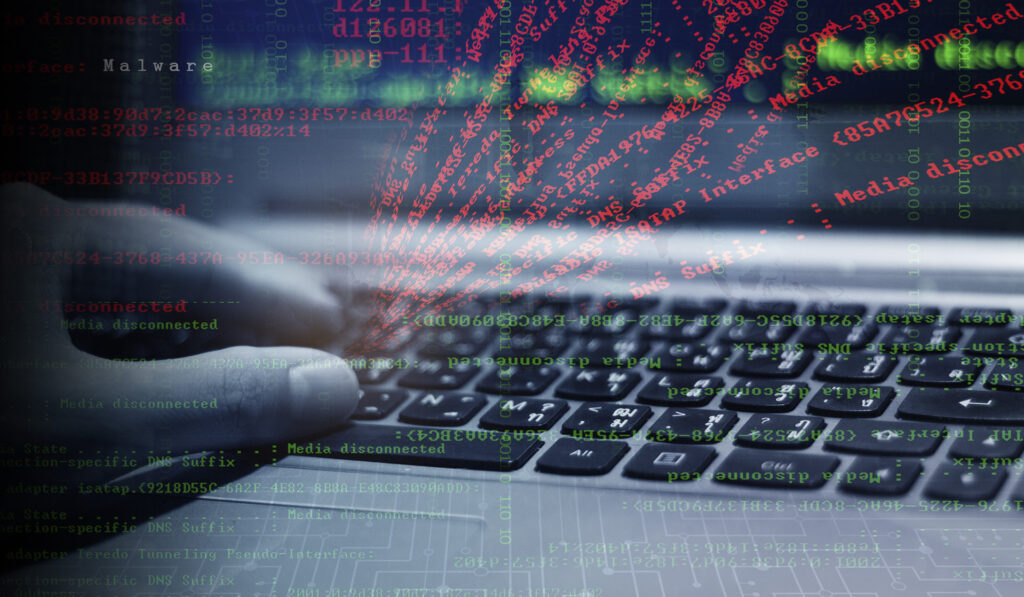admin/ agosto 19, 2020/ Uncategorized/ 0 comentarios
- Deep Fakes are the new buzzwords.
Surely you are already aware of the expansion of Deep Fakes or fake identities that include (fake videos and audio recordings that look like the real thing) this is a topic that has taken relevance for great specialists and experts. This is a strategy in which anyone who downloads software to create deep fakes, will have many possibilities of malicious activity.
Following this strategy the impact could cause serious problems as a politician could be forged by making a comment to lose votes before an election, or attackers could choose to make a fake recording of a senior executive ordering the finance department to perform a financial transaction on a criminal’s bank account; this to mention a few examples.

- Surveillance attacks will exploit smartphones for surveillance attacks.
As the number of contactless banking and payment applications grows, smartphones are becoming financial transaction centers, which has driven an increase in mobile surveillance attacks, which install tracking software on phones to monitor people’s behavior from their smartphones. With this, cyber criminals have the information they are looking for to carry out BEC-type corporate email fraud attacks. Remember that the more an attacker knows about a victim’s activities, the easier it is to send them a deceptive email inviting them to download a file with malicious code.
- Ransomware will continue to develop new families as companies pay.
In 2019, we saw a large number of companies and users affected by ransomware, learned about its evolution, and witnessed how attackers focus on finding clever ways to evade detection and defense capabilities in order to block them.
What is a reality is that attackers not only focus on randomly encrypting any information they can, but they focus on encrypting high value commercial data to encrypt and maintain the rescue. While this is true, ransomware continues to have an impact because it is getting what it wants: the ransom payment, as well as attacking the same companies since many organizations do not take action after being attacked.
- Attacks on the supply chain are increasing.
Recent years have seen an increase in the injection of malicious code into websites, mainly in finance or e-commerce, in such a way that attackers extract personal and credit card data from customers.
Attackers are having the expected success with these types of attacks. In 2019, a well-known British company was fined a record $241 million for a supply chain attack. Other large companies have suffered similar attacks and the likelihood of this figure rising in 2020 is very high.

- DevOps not only accelerates software development, it also increases security risks.
With the increased use of DevOps as a transformative method of code creation, linking development and operations to accelerate software innovation
While true, DevOps contrasts with traditional forms of software development, which are monolithic, slow, endlessly tested and easy to verify; it is fast and requires many small iterative changes. However, this increases complexity and opens up a new set of security issues. Because with DevOps, existing security vulnerabilities can be expanded and manifest in new ways. This means that the speed of software creation can result in developers creating new vulnerabilities without realizing it

- The «emulation» and decoy environments must be almost real.
Large organizations are beginning to create «emulation environments» focused on tracking unknown threats. Their main objective is to mimic «credible» servers and websites, however, they were actually designed to lure bad actors in order to observe their behavior and collect data on their methods.
- New tools and skills will be needed for internal security teams to respond to incidents in the cloud.
The fact is that many enterprises are still beginning to implement an incident response strategy on their own networks, so those that are starting to develop one for cloud incidents must prepare themselves with skills and new tools since this is usually controlled by the cloud provider.
As such, they may have difficulty distinguishing between everyday computing events and security incidents.
- ML & IA | Machine Learning and Artificial Intelligence
There are more and more notes and news about ML & AI. Today these technologies are in an early stage of cyber security, however, attackers are studying how networks are leveraging ML for security defenses to find out how to bypass them. But not only that, you’re also looking at how artificial intelligence experts are trying to trick image recognition systems into identifying an object or thing as human, which requires understanding how the system’s ML engine works and then discovering different ways to effectively trick it and break the mathematical model.
- Hardware and firmware attacks are back.
The alert for the return of hardware vulnerabilities like Spectre and Meltdown is growing more and more. Since the impact they caused in 2018 which almost affected almost all computer chips manufactured in the last 20 years, attackers are taking advantage of this attack vector and although no serious attacks have occurred.


- VIP users need protection.
Creating secure connections for top executives and senior staff who have access to the most sensitive corporate data on their own devices is paramount. But what steps should be taken to keep them safe?

